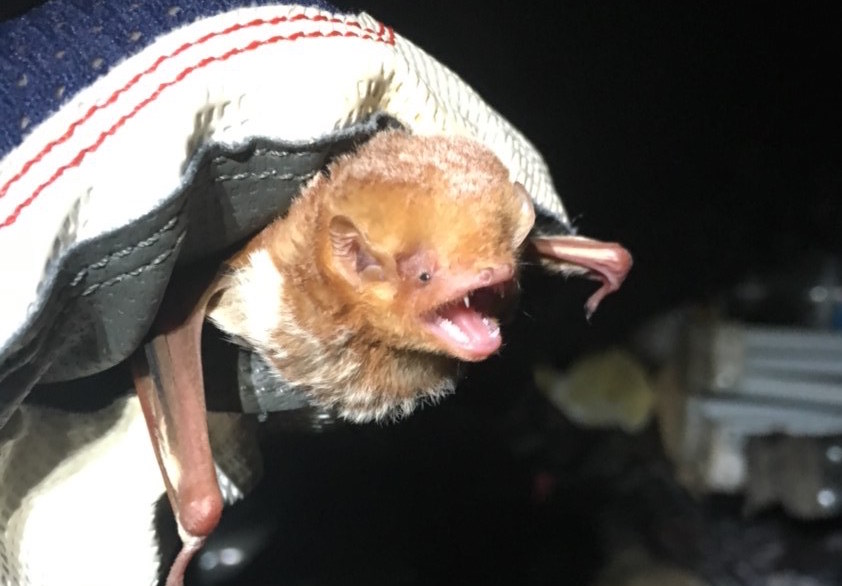Environmental consulting companies provide crucial services and surveys that prevent development from permanently disrupting environmental stability.
My experience comes from an internship in the Ecological Services Department of Civil & Environmental Consultants, Inc. in Nashville, Tenn. The main focus over the summer was conducting bat surveys to gauge population sizes and the presence of endangered species near future construction sites.
These surveys consisted of hanging 10-by-6-meter nets from poles in strategic areas near water sources and forest corridors. When bats flew into the nets, we recorded species, mass, gender, approximate age and forearm length.
Understanding bat population dynamics is important because bats are bioindicators. This means that a healthy, diverse population of bat species in an area indicates general environmental health and stability. Bats can be monitored over extended periods of time, and changes in species diversity can indicate pesticide use, forest loss, disease, climate change, water quality change, etc.
This is why bat surveys can be used as a tool to answer questions about whether a previously disturbed habitat has recovered, or whether agricultural pesticides are affecting nearby forest ecosystems.
Construction projects such as bridge renovations, road expansions and powerline row installations render prime bat habitat uninhabitable. Not only does development reduce vegetation and insect food supply for these bats, but it also injects light and noise pollution into environments. This is detrimental to certain species of bats, which skews natural bat species diversity.
In addition to continuously increasing development, white nose syndrome is also ravaging bat populations. White nose is a fungal pathogen which disturbs bats during hibernation and leads to starvation before food is available again in the spring. Due to these two primary stressors, bat population numbers are plummeting. This is a serious problem due to the usefulness of bats as a bioindicator species.
Environmental consulting companies provide diagnostic services to developers, such as state departments of transportation, to offset the impact of development and white nose. They employ environmental scientists to conduct standardized surveys to gauge whether the construction project will further disturb threatened and endangered species such as the Indiana Bat or the Gray Bat.
Environmental consulting work is regulated and required by the U.S. Department of Fish and Wildlife and is crucial for preserving this key bioindicator species. This sector of the environmental consulting industry alone generates millions of dollars in revenue every summer. Other environmental consulting services include wetland remediation, aquatic ecology assessment, waste management and more. Exposure to this field has inspired me to pursue an undergraduate research project focused on developing more effective methods for surveying bat populations.
John Bryant, Columnist





